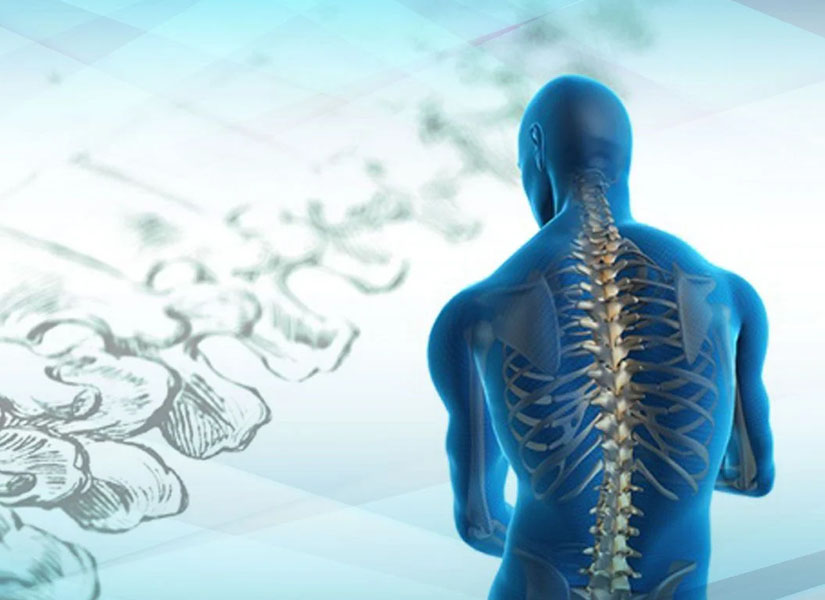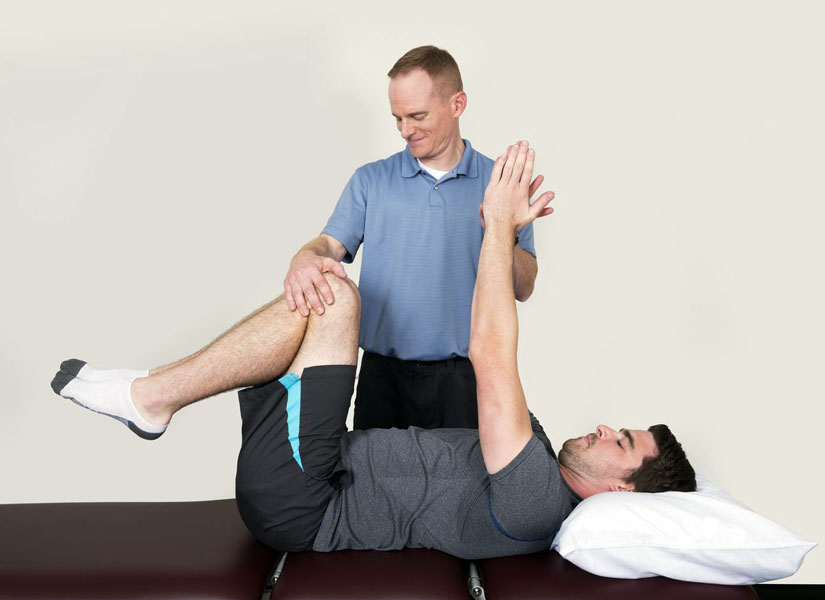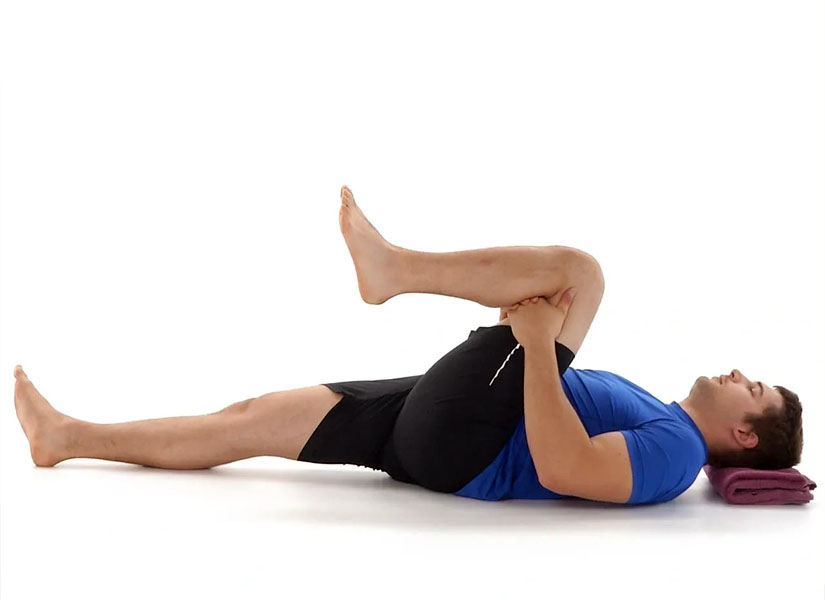What is physiotherapy?
Physiotherapy is an important part of treatment for most people with arthritis. Physiotherapists are part of a team of healthcare professionals who help you to resume or maintain an active and independent life both at home and work. They’re experts in assessing movement and can also show you how to protect your joints.
A physical therapist or other healthcare professional can advise individuals about the benefits specific to their personal medical history and their need for treatment.Once they are certified and registered, physiotherapists can pursue the designation of clinical specialist. This program, run by the Canadian Physiotherapy Association, certifies physiotherapists who have focused their careers and can demonstrate advanced clinical competence, leadership, continuing professional development and involvement in research in a specific area of practice.
How can physiotherapy help?
It's important that you try to keep active when you have arthritis. Many people worry that exercise will increase their pain or damage their joints. But joints are designed to move, and inactivity weakens the muscles.
A physiotherapist will ask you about your current level of activity and any particular problems you're having. They will also examine your joints to assess your muscle strength and the range of movement in your joints. This will help them tailor a programme of treatments, exercises and activities to meet your individual needs.
- general advice on increasing your activity level, setting goals and finding the right balance between rest and activity
- helping you avoid exercise-related injuries by advising on any equipment or training you may need if you’re starting a new activity
- a programme of specific graded exercises to improve your fitness, strength, flexibility and mobility – which you can continue to do at home
- a course of aquatic therapy (sometimes called hydrotherapy) – exercises in a warm-water pool
- advice on techniques and treatments to manage pain – including heat or ice packs, massage, and acupuncture
- providing walking aids or splints to help maintain your mobility and independence.
You can gradually build your strength, stamina, mobility and activity levels by following a graded exercise programme. Your physiotherapist will show you how to start gently and then gradually increase your activity, without straining yourself or adding to your pain.
Your physiotherapist will be able to advise on classes which may be available locally such as yoga, t’ai chi or Pilates as well as any walking or sports groups in your area.
Some physiotherapists have access to an aquatic therapy (sometimes called hydrotherapy) pool where you can perform exercises in warm water. Many people find it easier to move in water – the warmth is soothing and the water supports your weight so that you can move your joints and muscles without straining them.
Types
- Orthopedic physical therapy: This treats musculoskeletal injuries, involving the muscles, bones, ligaments, fascia, and tendons. It is suitable for conditions such as fractures, sprains, tendinitis, bursitis, chronic health problems, and rehabilitation or recovery from orthopedic surgery. Patients may undergo treatment with joint mobilizations, manual therapy, strength training, mobility training, and other modalities.
- Geriatric physical therapy: This can help older adults who develop conditions that affect their mobility and physical function, including arthritis, osteoporosis, Alzheimer’s disease, hip and joint replacement, balance disorders, and incontinence. This type of intervention aims to restore mobility, reduce pain, and increase physical fitness levels.
- Neurological physical therapy: This can help people with neurological conditions, such as Alzheimer’s disease, brain injury, cerebral palsy, multiple sclerosis, Parkinson’s disease, spinal cord injury, and stroke. Treatment may aim to increase limb responsiveness, improve movement patterns, manage toneTrusted Source, improve strength, and promote balance.
- Cardiovascular and pulmonary rehabilitation: This can benefit people affected by some cardiopulmonary conditions and surgical procedures. Treatment can increase muscular and cardiovascular endurance and stamina.
Benefits of Physiotherapy
Physiotherapy services focus on optimizing physical function and improving well-being. It incorporates many therapeutic techniques, including exercises, manual therapy, and patient education. With a rich history and continuous evolution, physiotherapy treatment has become an essential component of modern healthcare, integrating ancient healing practices and embracing scientific advancements to provide comprehensive and effective care for individuals with various physical issues.
You can gradually build your strength, stamina, mobility and activity levels by following a graded exercise programme. Your physiotherapist will show you how to start gently and then gradually increase your activity, without straining yourself or adding to your pai
Evidence-based medicine is the integration of best research evidence with clinical expertise and patient values[2]. Physical therapists are evidence-based health care professionals, which means they will always try to provide the best treatment available from research, tailored on the individual.











